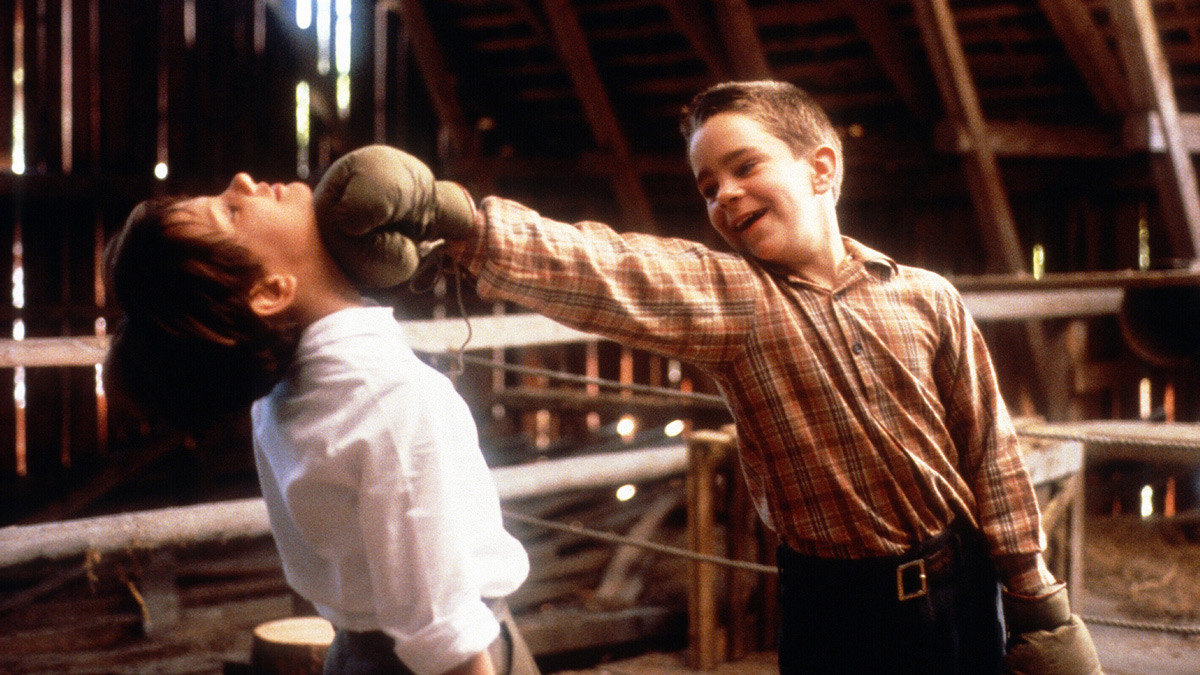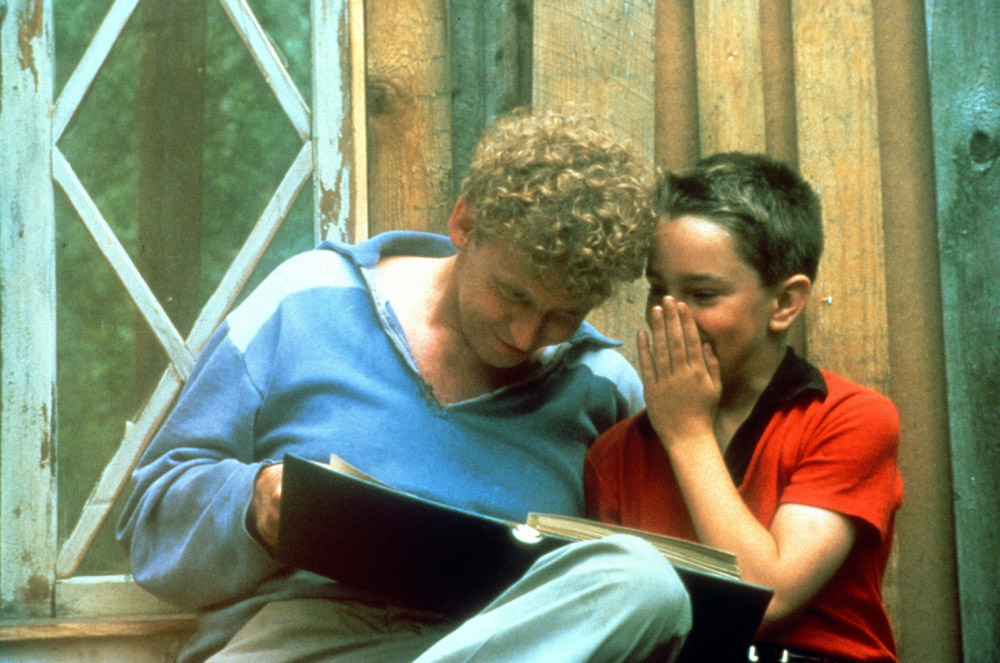
(c) Photofest / Getty Images
“My Life as a Dog” is one of the greatest adolescent films ever created in Scandinavian Sweden that I hope will continue to be “rediscovered” forever.
2019.11.18
Topics from the good old days of Sweden, 1958
The film begins with this monologue from the main character, Ingmar (Anton Grancelius).
"If you think about it, I was lucky. For example... that Laika dog that flew into space. He was loaded into Sputnik and sent into space. There were wires in his heart and brain to check his reactions. It must have been very disgusting. Food. I starved to death after traveling around the world for five months until it ran out. I'm better than that."
This "Laika dog that flew into space" is a female dog that was taken aboard the Soviet spacecraft Sputnik 2 in 1957. At that time, the space race between the Soviet Union and the United States was beginning to heat up, and it is clear that the turmoil was being felt (perhaps in a delicate sense of warmth and distance) even in rural Sweden.
Another topic of the era is presented in the play, and that is the soccer World Cup. In 1958, the Swedish national team took second place at the same tournament held locally, which remains the country's team's peak performance to this day. In other words, in the face of the conflict between the United States and the Soviet Union (Cold War), televisions began to be introduced into homes, and the Swedish people were enthusiastic about the World Cup.Although it is not clearly stated in the subtitles, this year was 1958 (from 1958 to the following year). 1959) is the period setting and social background of ``My Life as a Dog''.
By the way, the opening monologue is equivalent in content to the second half of the novel, Chapter 6, in the original novel by Rydal Jönsson (published in 1983, translated by Yuriko Kimura and published in Japanese by Sekai Bunkasha). However, it has not been summarized in such an impressive phrase. I think this point alone clearly shows how wonderfully the film version was restructured (the original author Rydar Jönsson also co-wrote the screenplay).
So, what is the life of Ingmar, a young boy who consoles himself with the idea that he is ``better than Laika''? Ingmar's older brother Erik (Manfredo Sernel) is aggressive and is a constant target of bullying. Dad is always at work and is rarely home. His beloved mother (Anki Lidén) is suffering from an illness (it appears to be tuberculosis) and is bedridden. When he is playing with his girlfriend Frog-chan (Johanna Uden), he is chased by her father, who mistakenly thinks that he is involved in a suspicious secret.
As a result, Ingmar's path is full of trouble. He has a slightly strange neurosis, and when he picks up a cup, his hands shake and he spills the milk. What's more, you may accidentally start a fire outdoors... Ingmar now has no place of his own. The only thing I rely on is my dog, Sikkan. A flashback shows a sweet childhood memory of standing with her mother when she was healthy, and she is already tormented by the desire to go back to that day.

"My Life as a Dog" (c)Photofest / Getty Images
At that time, his mother's condition worsens, and Ingmar is sent to live with the eccentric Uncle Gunnel (Thomas von Premsen). In contrast to the cramped, mysoccal, and narrow-mindedness of my parents' home, life in the countryside is full of openness and a bit of a utopia.
Uncle Gunnel, who lives a carefree and carefree life, builds an ``arbor'' (a small second house built in the garden) like a secret base on land that does not belong to him, and lets Ingmar listen to strange records. In addition to a kind aunt at home, there is also an old man who is looking forward to having Ingmar read the contents of the women's underwear catalogue. There are many fun friends in the village, including Mr. Franson, who is always on the roof repairing things, and the green-haired boy Manne (Jan-Philipp Holström). There is also a sexy older sister named Berit (Ing-Marie Karlsson) at the glass factory where Uncle Gunnel works.

